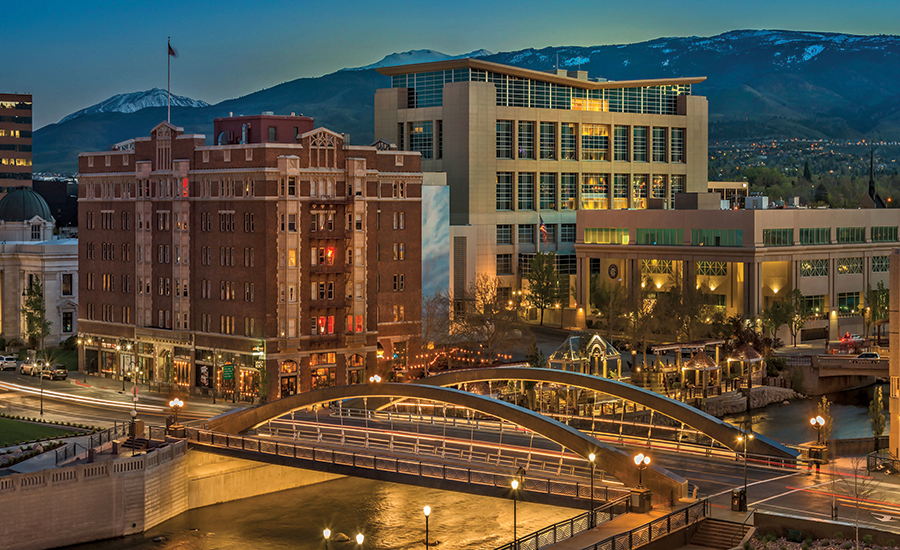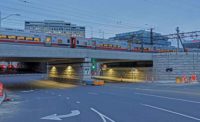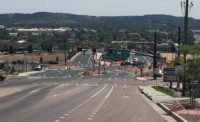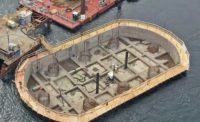Highway/Bridge Best Project - The Virginia Street Bridge

IMAGE BY VANCE FOX PHOTOGRAPHY
The Virginia Street Bridge
Reno, Nev.
Best Project
Owner/Developer City of Reno
General Contractor Q&D Construction Inc.
Lead Design Firm and Structural Engineer Jacobs Engineering Group
Civil Engineer Stantec
Bridge Slide Engineer H. Boyle Engineering
Subcontractors Bridgescape; Black Eagle Consulting; Tri State Survey; Western Cultural Resource Management; Wood Rodgers; Illumination Arts; Construction Materials Engineers; Legends Landscaping; Northeast Masonry; Reno Iron Works Co.; Titan Electrical Contracting; Tutto Ferrol Diversified Striping Systems; F.D. Thomas; Paradise Rebar; H. Boyle Engineering; Case Foundation Co.; Schnabel Foundation Co.; WB Equipment Service; CBSI
Crossing the Truckee River in Reno, Nev., the 100-year-old Virginia Street Bridge needed an upgrade for reasons of safety and flood control. Reno’s city leaders teamed up with the Truckee River Flood Management Authority and other governmental agencies to replace the bridge while preserving its history.
That meant demolishing the original, earth-filled and dual-arch bridge and replacing it with a $17.3-million bowstring truss structure made out of reinforced concrete. Work on the bridge was restricted to two spring/summer periods, as the Truckee River is off limits to construction activity from October through May. The bridge crosses the river with a single span, and a full-channel width is available to accommodate flooding.
“The Reno community was rooting for us, enjoying spectating through the demolition and the launch and cheering on all the milestones with the team,” says Lance Semenko, chief operating officer of Q&D Construction.
During bidding, Q&D proposed building the arch offline, while also removing the existing bridge and adding the foundations. After consideration, Q&D designed and constructed a river-shoring system and provided a jack to push the arch and accurately align it prior to placing the closure pours at the abutments. The company also provided design checks on the arch. Special pads and arch-support elements minimized the impact of an uneven slide surface.
Crews slid the arches into place at the end of the first season, removed the falsework and continued with construction of the deck and structures.
Hugh Boyle, chief bridge engineer with H. Boyle Engineering in Salt Lake City—which assisted general contractor Q&D in planning and obtaining approval for the project—praised the firm and Jacobs Engineering for researching and supporting the launch/slide approach.
Work on the bridge began in June 2015 and was completed in April.




